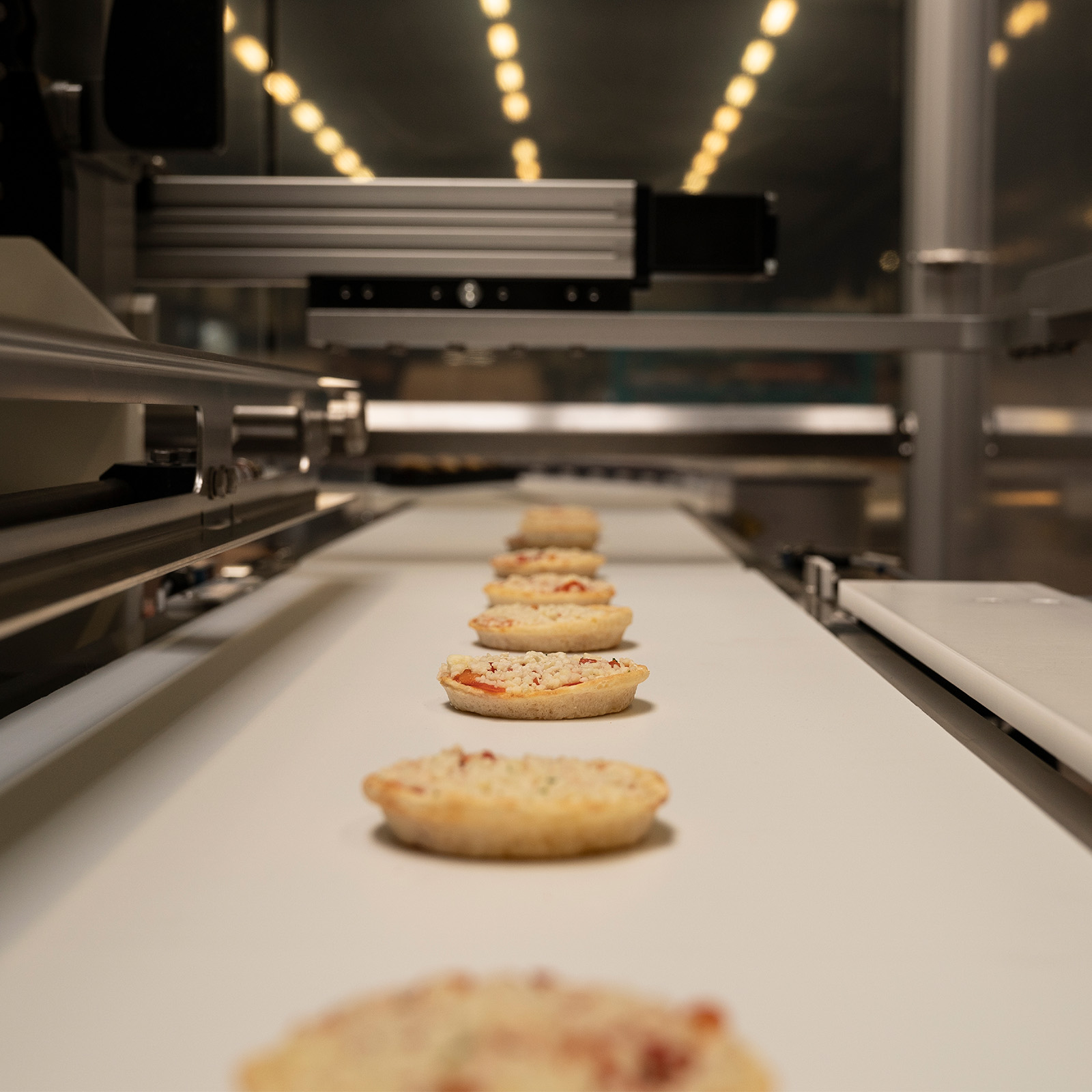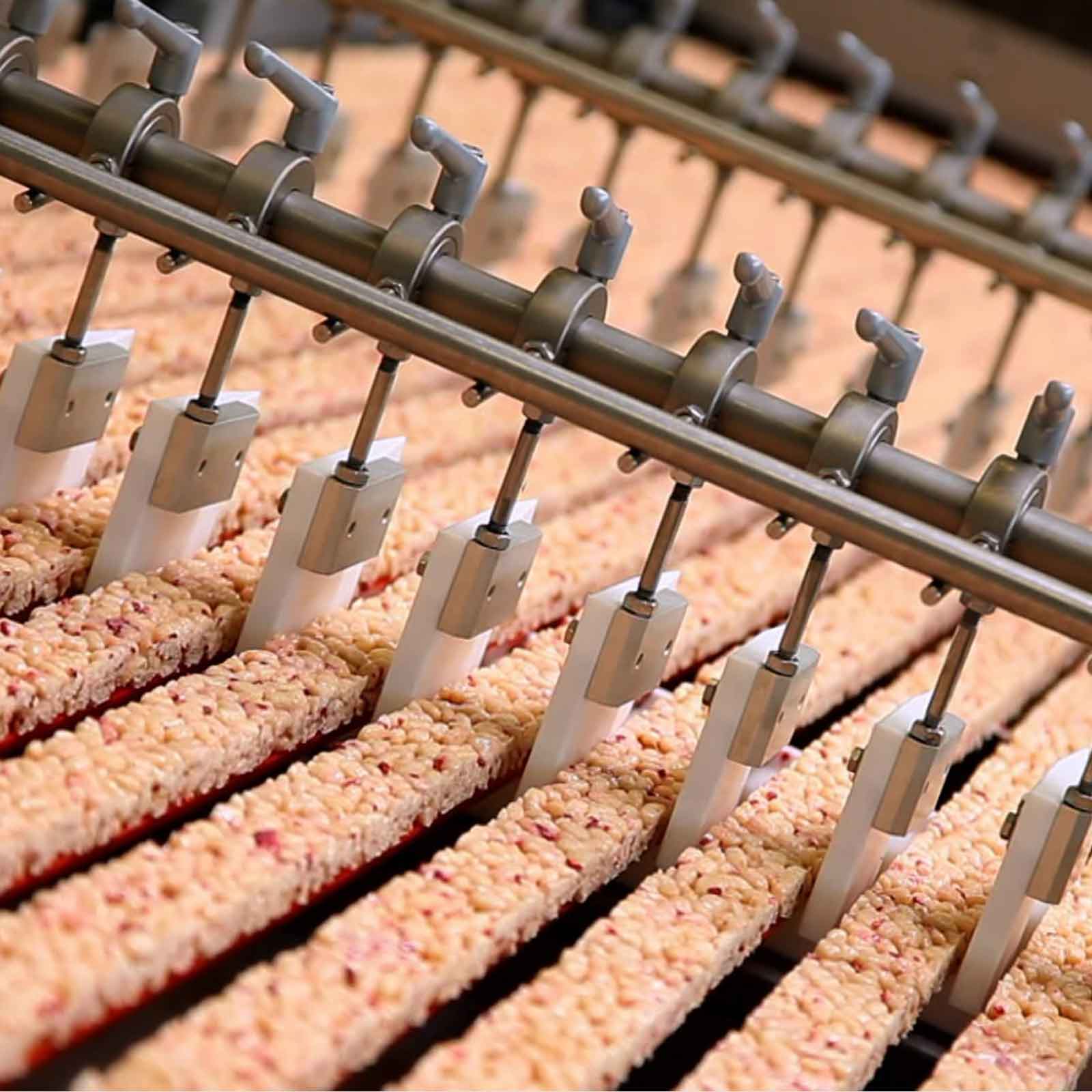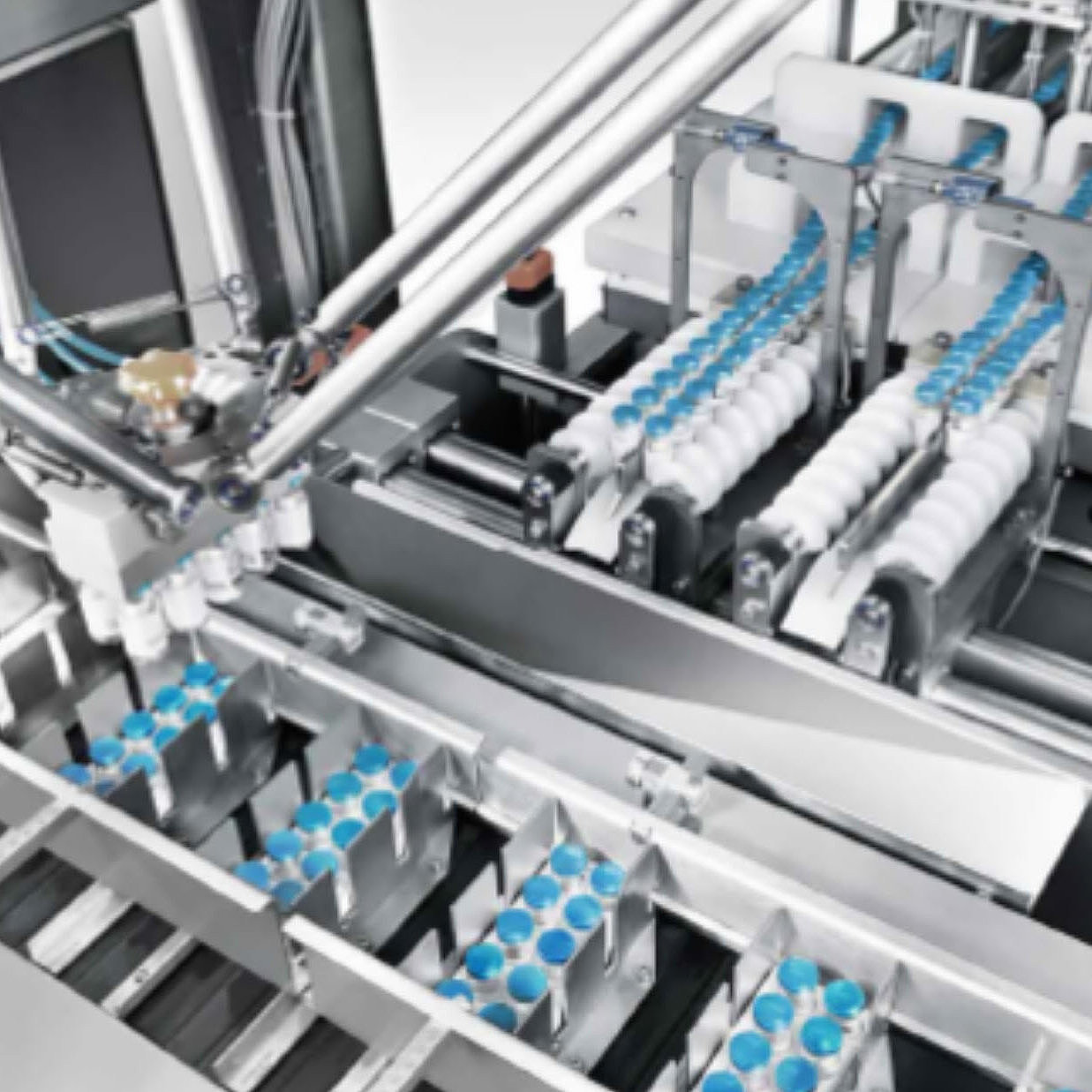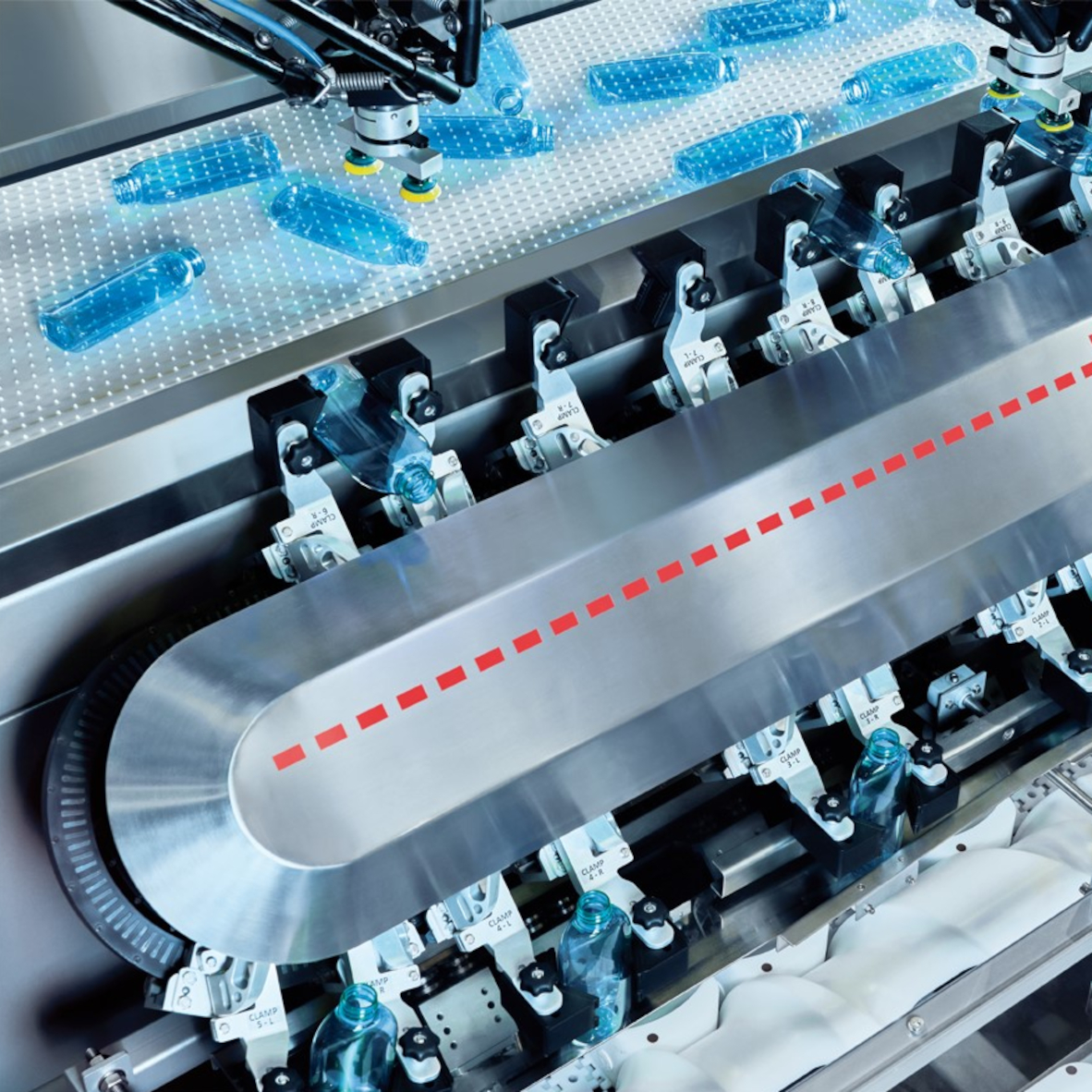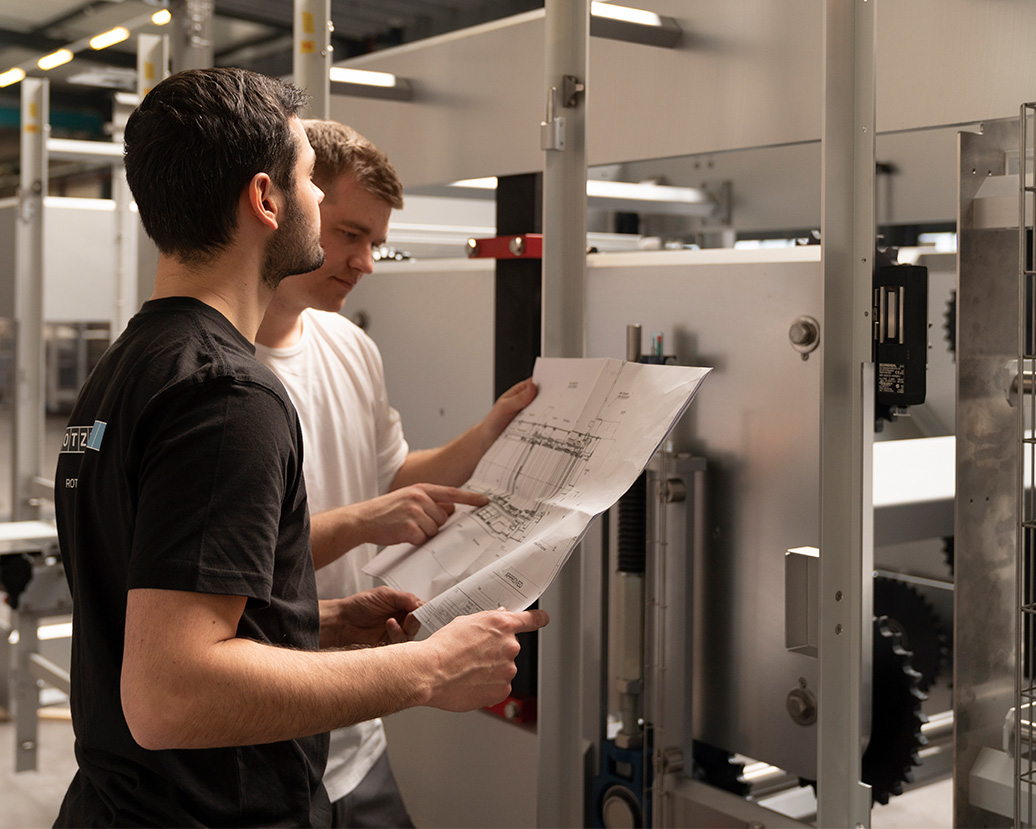First-class software exists to help people in the production process. The more information available to this additional intelligence, the greater and better this support. Rotzinger PharmaPack and partner companies presented how this works in practice at Achema 2022.
The focus of this Industry 4.0 showcase project was the creation of legally required electronic batch records in which the production process is documented down to the last detail. The batch record is created by the manufacturing execution system (MES). In the case study, this was Digital Factory (DF4), which was developed within the Rotzinger Group and is also offered in a version designed specifically for the needs of the pharmaceutical industry. But how does data about the position of people and objects over time, which is required for the batch report, get into the Digital Factory?
To accomplish this transfer, production is divided into zones. Within such a zone, all persons and necessary objects are equipped with mobile transponders, which in turn communicate with permanently installed base stations. Transponders and base stations are part of a so-called omlox core zone. And what is omlox? omlox is an open technology standard that enables the provision of location data. The core zone is one of two main components of omlox; we’ll get to the other in the following paragraph. The omlox core zone works on the basis of ultra-wideband technology, which was provided by Trumpf Tracking Technologies GmbH in the case study at Achema. It consisted of beacons and associated software. The beacons emit signals and the associated software calculates the relative position of the mobile transponders to the base stations located in the core zone, independent of interference and other radio signals.
The second main component of omlox is the omlox hub. This is a central location where information is received and relayed. In the case study, this was Flowcate’s DeepHub software solution. Flowcate is a co-founder of omlox. DeepHub collects data from all core and complementary zones and makes it available to applications that need that data. Complementary zones are zones where all other location technologies are used that are not based on ultra-wideband (e.g. 5G/GPS, RFID, etc.). In addition, DeepHub can define specific areas, called “fences”, within the production. When people enter or leave these areas, individually configurable actions are triggered. In this way, it can be documented that people and material, which according to the Master Batch Record are required in this area, were actually present. All this data is transmitted via an interface (API) to the Digital Factory, where it is processed and documented.
Conclusion: The Digital Factory is a powerful MES whose intelligence is used even better with the help of the localization data collected and delivered. This helps to improve process quality and simplify the traceability of all steps in the production process. In our case study, for example, automated tasks and process steps can be documented directly at the plant by simple confirmations by the operating personnel and automatically stored in the batch record with the corresponding additional information. In combination with the user’s location information, a user-friendly second factor can also be established for the proven two-factor authentication. In the case study described, a specific challenge in the production of pharmaceutical goods is efficiently solved. However, comparable challenges can also be found in the food, confectionery and cosmetics industries. We would be pleased to master them together with you.


